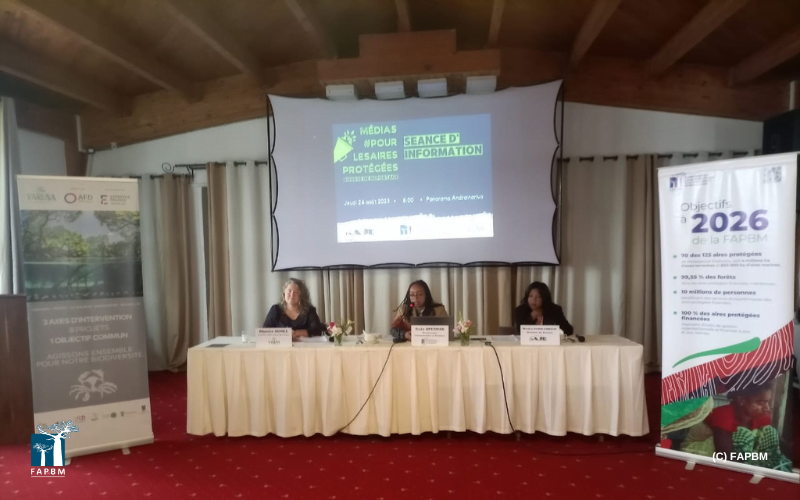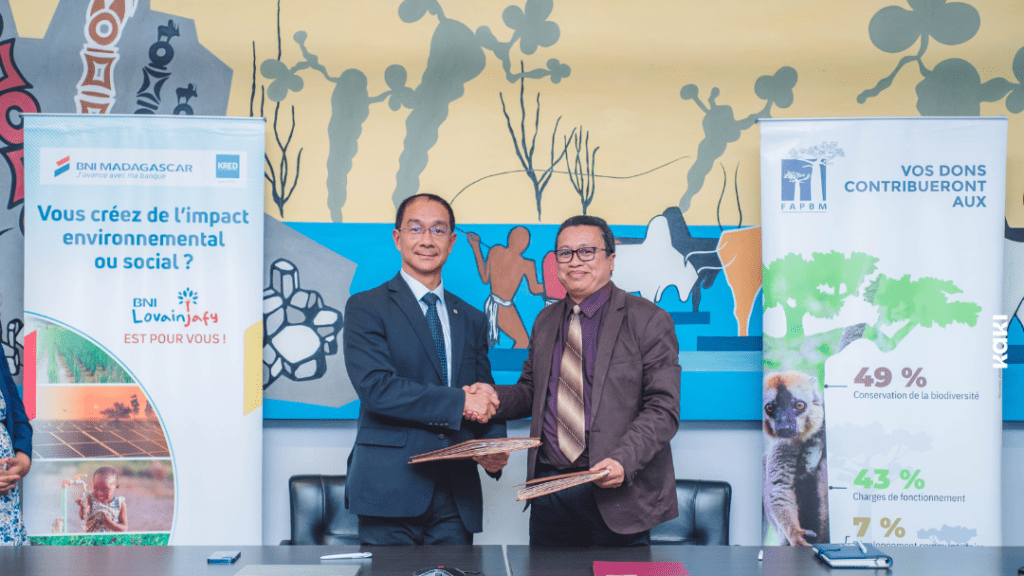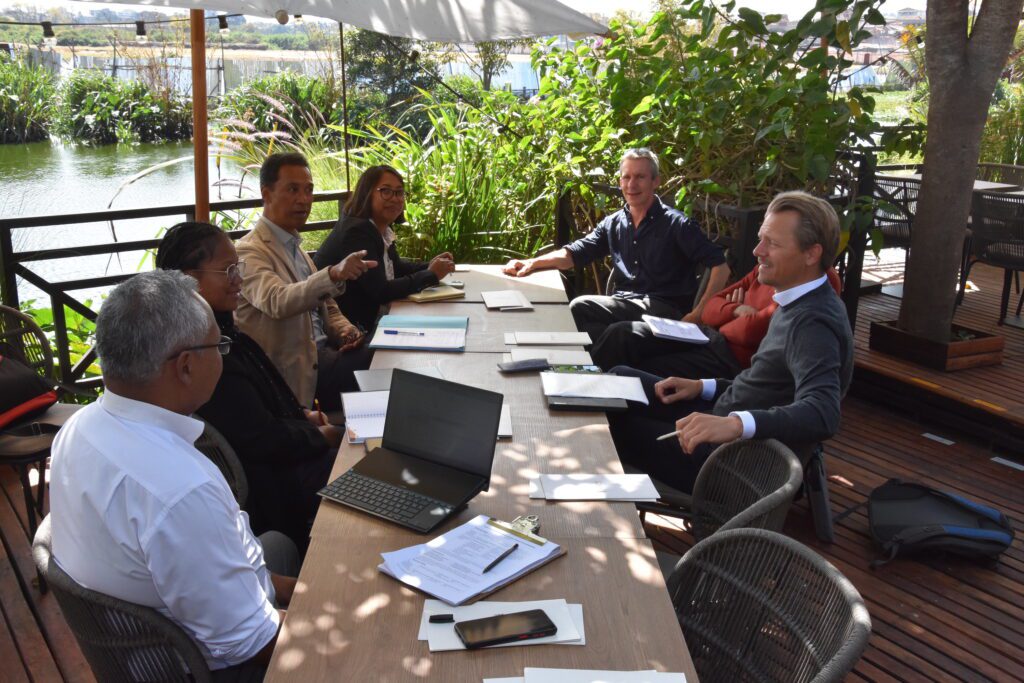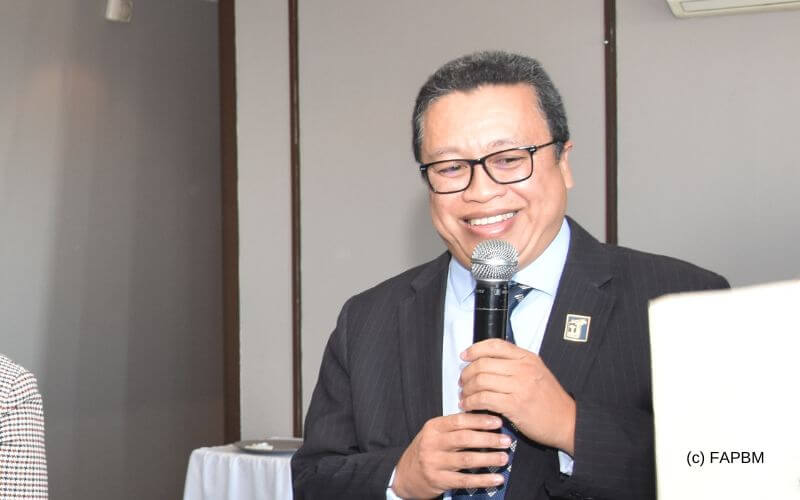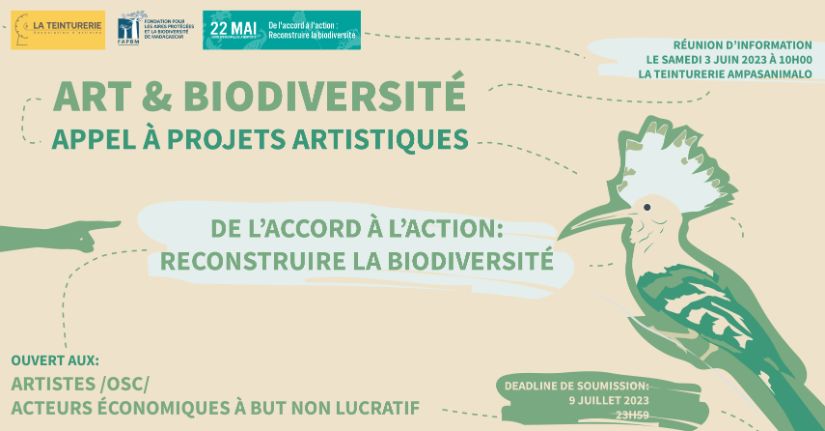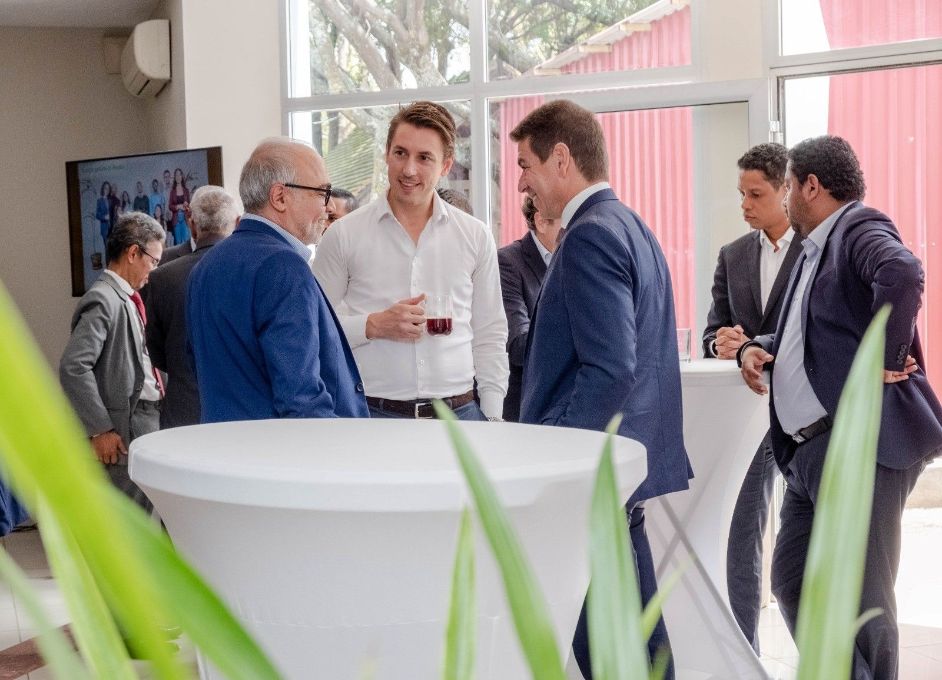For nature conservation, financing Protected Areas (PAs) is a crucial issue given the growing interest of NGOs, decision-makers, and citizens in environmental matters. In developing countries, PAs receive on average less than 30% of the funding needed to ensure basic management of conservation actions. Why is funding for Protected Areas essential, and how can we achieve sustainable financing for Madagascar’s Protected Areas System (SAPM)? The Importance of protected areas and the financial gap of PAs PAs are vital for our survival due to the ecosystem services they provide: resources for food, water regulation and cycling, carbon storage, mitigation of climate change effects, and the landscape beauty. The existence of PAs ensures the survival of humanity in general and of neighboring communities for instance (water supply, soil fertility, medicinal plants). They ensure the productivity of the primary sector and resilience to climate change. PA managers face a considerable challenge: finding …
Funding Protected Areas in Madagascar for Nature Conservation

